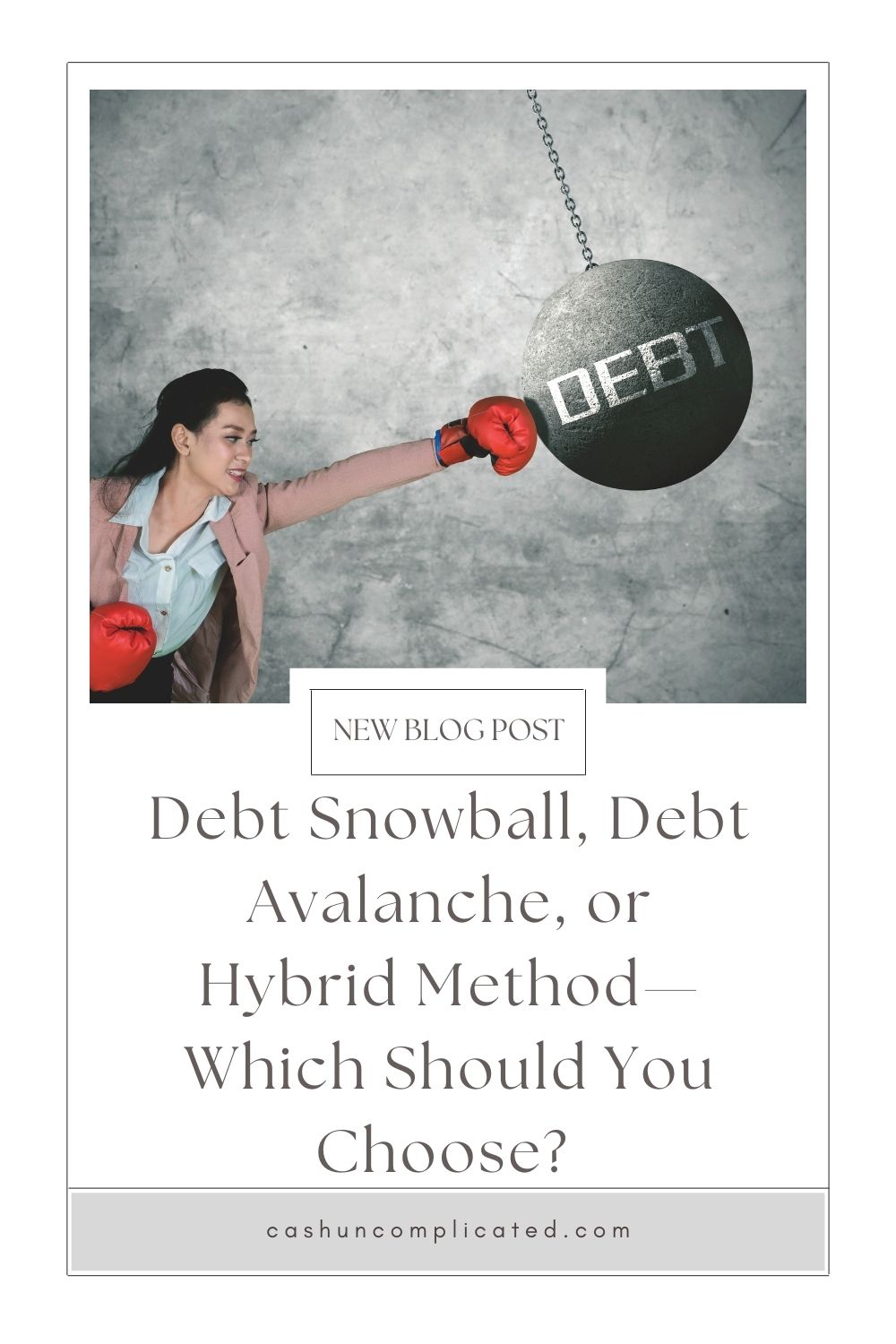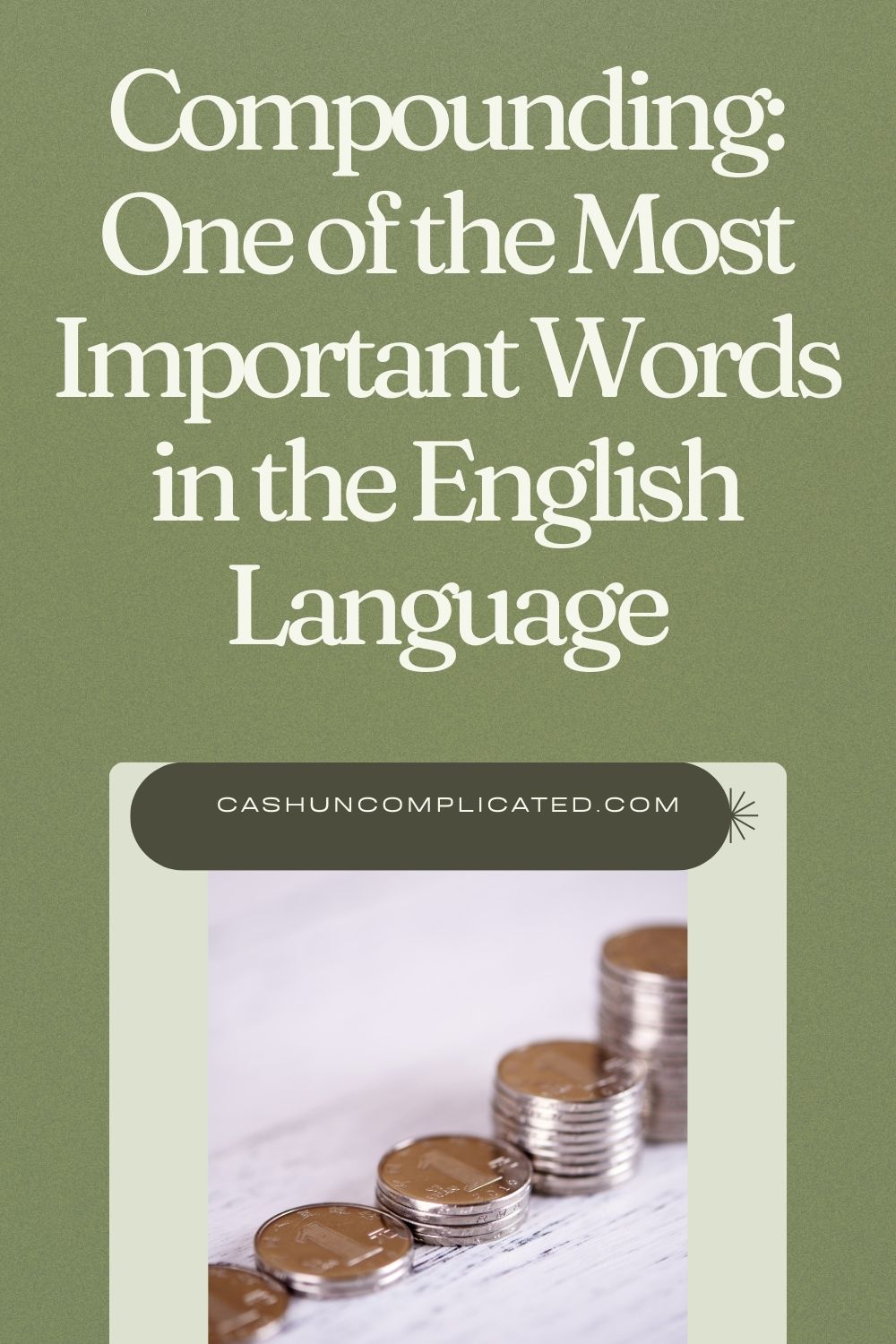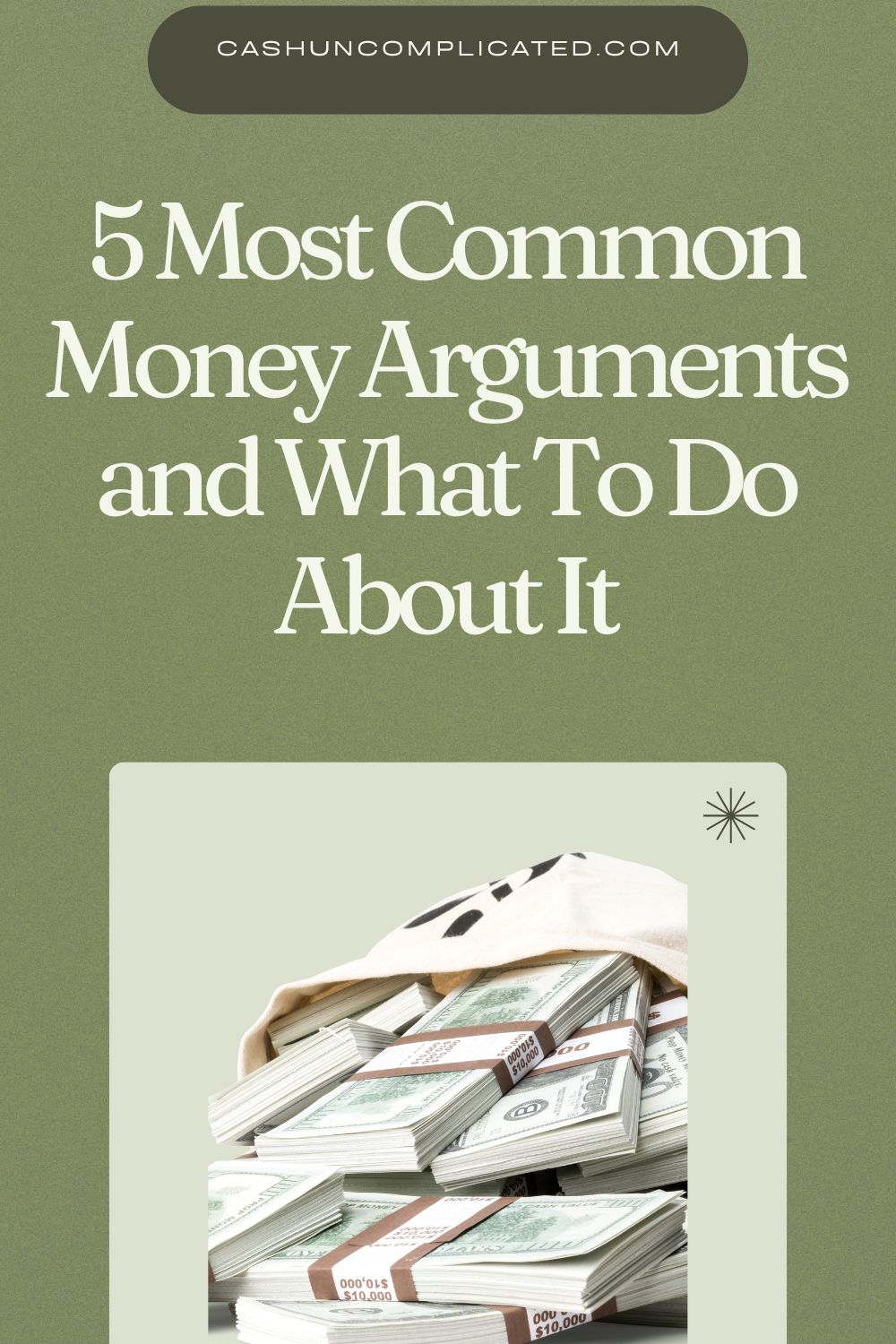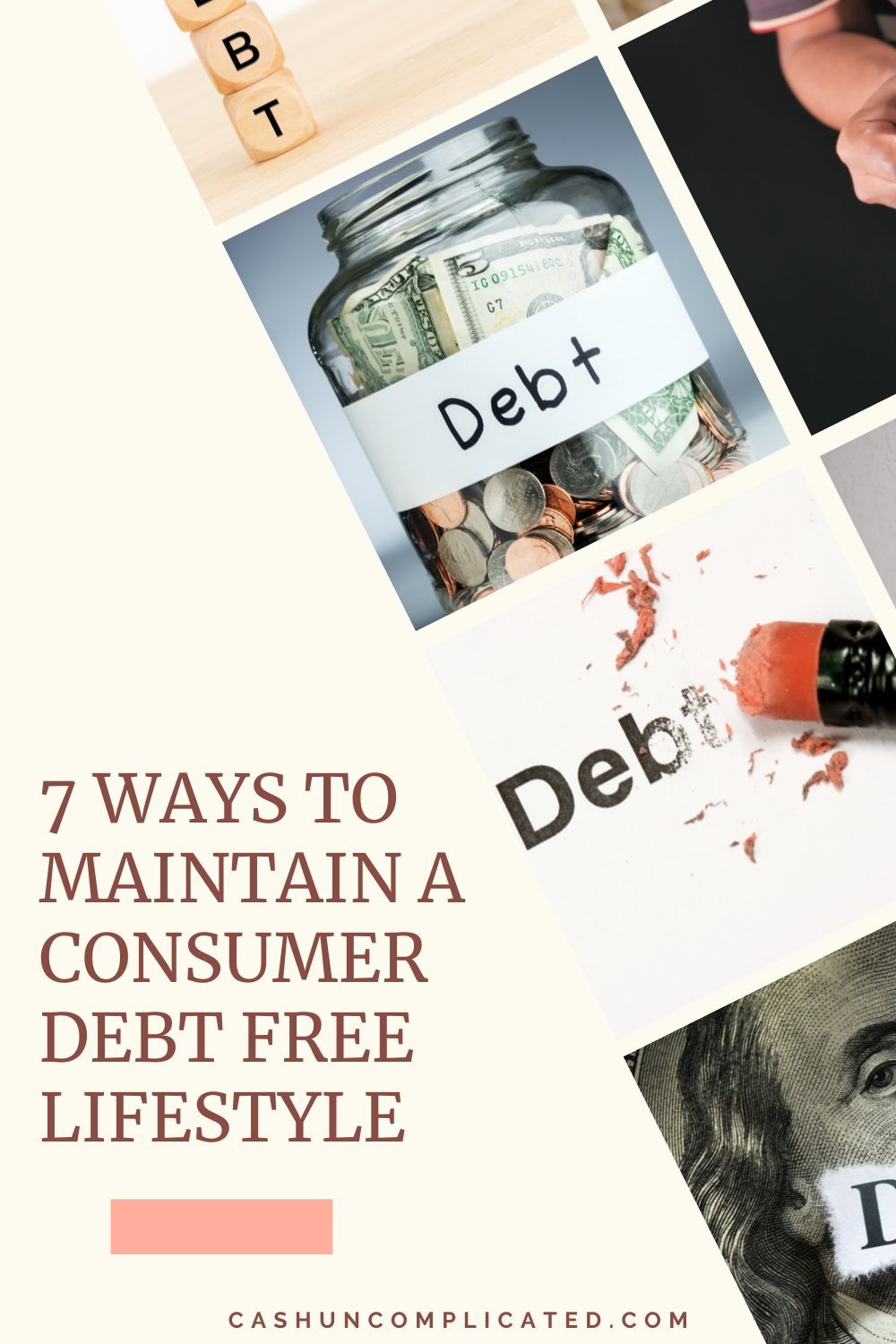We have a lot of consumer debt in the United States. A lot. In a recent study by WalletHub, Americans began 2020 in more than one trillion of credit card debt. The same study indicated that the average credit card debt per household was almost $8,000. And that was down from 2019 numbers.
In addition to credit card debt there’s auto loans, personal loans, store credit, and many others. These are all debts eating away at our monthly cash flow and reducing our long term wealth. Each month we are in debt, we are quite simply, losing money to the lender and opportunity cost.
In my book Cash Uncomplicated, a large portion of chapter seven is dedicated to debt payoff strategies—including selling items, renegotiating interest rates, and refinancing. For this specific post though, I’m just going to be writing about a few specific debt payoff strategies.
There are two mainstream strategies to pay off debt; the debt snowball and the debt avalanche. There’s also a lesser talked about hybrid method, which I’ll write about as well. The same debts will be used for all three strategies in order to get an accurate comparison:
- Credit card A: $4,300 at 17.5% interest
- Credit card B: $900 at 15.25% interest
- Department store credit A: $350 at 16.75% interest
- Department store credit B: $175 at 15.5% interest
- Personal loan: $12,000 at 7.10% interest
- Hardware store credit: $1,350 at 14.5% interest
- Car loan A: $14,200 at 2.65% interest
- Car loan B: $21,300 at 3.30% interest
Debt Snowball
The strategy behind the debt snowball is to pay off the debts from least to greatest. The idea is to achieve quick wins and build confidence. There’s a sense of accomplishment in paying off a debt—it feels like a victory (and it is).
Here’s how it works. Someone using the debt snowball would write down the debt type, interest rate, balance, and monthly payments. To download your free debt payoff example using different numbers than this blog post, click here.
The next step is to write down the debts from least to greatest. In this case, department store credit B has the smallest balance, so that would be the first debt to focus on. Any money left over after paying the minimum balance on all the other debts will go towards this debt.
Imagine that after paying the minimum on all your debts, you have an extra $200. That $200 is all going to go towards department store credit B. The debt on this card is $175 so you’ll be able to pay it off in a month. Once it’s paid off, it’s done and you’ll move on to the next debt.
The next smallest debt is department store credit A at $350. Remember that while the first card was being paid off, you just paid the minimum on this card. To use an easy number to remember, imagine the minimum was $25 per month. You now take the $25 you used to pay and add the $200 you had been paying on the first credit card, for a total of $225 per month.
$225 per month paid on a $350 debt will take less than two months to pay off for another quick win. Once this second debt is paid off, it’s time to move on to the third debt. In this case, it would be credit card B. Take the amount you had been paying on this card (let’s use $50 for an easy number to remember) and add the $225 you had been paying on your last debt. You’re now putting $275 ($225+$50) per month towards this debt.
The debt total is $900 so it will take a little over three months to pay off. After three months, you’ll move onto the next debt. Keep repeating the process until all consumer debts are paid off. The debt snowball is a systematic attack on consumer debt. It takes time, but it does work. And it gives you quick wins to build confidence and continue the process.
Debt Avalanche
The debt avalanche, or debt stacking, is the second well-known method to pay off debt. While the debt snowball heavily factors in financial behavior and psychology, the debt avalanche is purely math based. The goal here is financial optimization.
With the debt avalanche, you’re simply paying off the consumer debts with the highest interest rates first. It doesn’t matter how much the debt is, the only thing that matters is the interest rate.
With the debt snowball, we attacked department store card B first because it had the smallest balance at $175. With the debt avalanche though, we’re going to attack credit card A first because it has the highest interest rate. Even though the balance is high at $4,300, financial optimization is the goal.
Just like with the debt snowball, after paying the minimum on all the other debts, you’ve got $200 left over. This time though, you’re putting that $200 towards credit card A because it has the highest interest rate at 17.5%. This debt will take approximately 26 months to pay off.
After this debt is paid off, it’s time to move onto the next debt with the highest interest rate. In this case, it’s department store credit B. Remember, you have been paying the minimum on this card already for 26 months so the balance has been dwindling. It will take less than a month to pay off.
With the second debt now paid off, you can move on to the third debt which is the hardware store credit of $1,350 at 15.25%. If you had been paying four percent of the original debt, that’s $54 per month. Now you’ll be able to pay $261 ($207+$54) per month towards this debt. You’ll have it paid off in about five months.
Then move on to the debt with the next highest interest rate, and repeat the process until all consumer debt is paid off. The advantage of this model is financial optimization. The disadvantage is that it can take a long time to pay off even one debt, causing the person in debt to possibly fatigue and even give up.
Hybrid Method
The last method is a hybrid of both models. It’s a method infrequently talked or written about, but I think it should get more attention. The hybrid method factors in both the psychological and financial optimization components of paying off debt.
The way the hybrid method works is similar to the other methods, in that the person in debt will start by writing down debt type, interest rate, balance, and monthly payments. He or she will then manually identify the debt payoff order. This is where principles of the debt snowball and debt avalanche are combined.
Pick the first few debts that have the lowest balances. In our debt scenario, we have three debts under $1,000. Those are the first three debts we will seek to eliminate in order of remaining balance. Those debts are:
- Department store credit B: $175
- Department store credit A: $350
- Credit card B: $900
Follow the exact steps from the snowball method and pay those three debts off in order of remaining balance. That will give you three quick victories and a little more money to attack the bigger debts. Psychologically, it’s nice to get the quick wins and positive reinforcement that you can succeed at this.
The next two largest debts are the hardware store credit at $1,350 and credit card A at $4,300. $1,350 is a lot more manageable to pay off than $4,300 so that would be the next debt to pay off.
Now you’ve got some decisions to make. You’ve already paid off four debts, giving you relatively quick victories and the confidence that this can be done. These are the remaining debts:
- Credit card A: $4,300 at 17.5%
- Car loan A: $14,200 at 2.65%
- Personal loan: $19,000 at 7.10%
- Car loan A: $14,200 at 2.65%
- Car loan B: $3,700 at 3.3%
The next lowest debt is car loan B at $3,700. This is where it would be wise to transition to the debt avalanche. Credit card A has a balance of $4,300 but the interest rate is sky high at 17.5%. Even though car loan B has a lower balance than credit card A, the interest rate is 3.3%. It makes sense to start paying on the debt with the much higher interest rate. All of the remaining interest rates are under 10%.
After you’ve paid off credit card A, continue to follow the debt avalanche and pay off the remaining debts in order of interest rates. It’s going to take some time to pay all the debt off, but you will be optimizing your strategy.
Conclusion
All three debt payoff strategies are inherently good because you are using a system to pay off debt. Each system offers advantages and disadvantages, it’s up to you to pick the system based on what will work best for you.
If you’re someone who would benefit from the quick wins that the debt snowball offers, go with that. If you would do better with mathematical optimization, then the debt avalanche is worth exploring more. Or if you think you’d do best by combining principles from both strategies, you’ll probably want to pick the hybrid method.
The most important thing is to pick a system and follow through. Don’t overthink it or make it too complicated—pick one and move forward. All the systems work, it’s just contingent on execution.
What debt payoff system would you pick and why?
Bonus: As an added bonus, the chart below summarizes debt order for each system.
| Bad Debt Type | Interest Rate | Balance | Order to Be Paid Off Using Debt Snowball | Order to Be Paid Off Using Debt Avalanche | Order to Be Paid Off Using a Hybrid System |
| Credit Card A | 17.5%
|
$4,300 | 6 | 1 | 5 |
| Credit Card B | 14.75%
|
$900 | 3 | 4 | 3 |
| Department Store Credit A | 14.15% | $350 | 2 | 5 | 2 |
| Department Store Credit B | 15.5% | $175 | 1 | 2 | 1 |
| Personal Loan | 7.10%
|
$19,000 | 8 | 6 | 6 |
| Hardware Store Credit | 15.25%
|
$1,350 | 4 | 3 | 4 |
| Car Loan A | 2.65%
|
$14,200 | 7 | 8 | 8 |
| Car Loan B | 3.3%
|
$3,700 | 5 | 7 | 7 |











This Post Has One Comment
Pingback: Where Can You Find Money to Invest? Try These Five Places – Cash Uncomplicated
Comments are closed.